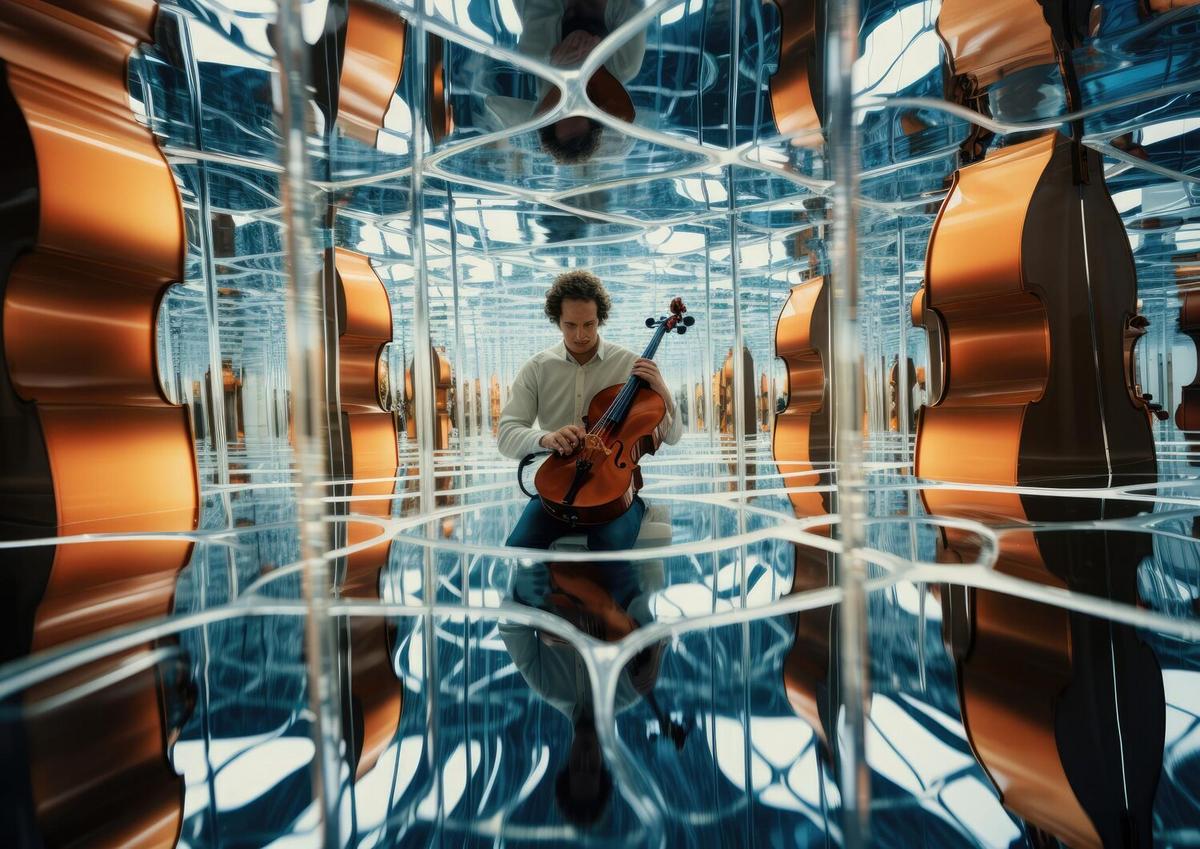The fusion of digital technology with art is transforming the way we perceive and create traditional art forms, paving the way for a new era of artistic expression.
Exploring the Intersection of Digital and Traditional Art
Digital art is not merely a trend; it is a significant shift in the artistic landscape. With the rise of technology, artists are finding new tools and platforms to express their creativity. According to a study by Art Basel and UBS, the global art market reached an estimated $64.1 billion in 2019, with digital art playing an increasingly prominent role.
Expert Opinions on Digital Art
Art historian and critic Jerry Saltz notes, “Digital art is not just a new way to create; it’s a new way to see.” This perspective is shared by many in the art community who believe that digital mediums offer a unique lens through which we can reinterpret traditional art norms.
Statistics Highlighting the Shift
Research from the Hiscox Online Art Trade Report suggests that the online art market grew by 4% in 2020, reaching $4.82 billion. This growth underscores the increasing acceptance and demand for digital art.
Personal Anecdotes from Artists
Consider the experience of Emily, a painter who transitioned to digital art and found newfound freedom in her work. “Digital tools have allowed me to experiment without fear of wasting materials,” she shares, highlighting the flexibility and accessibility of digital platforms.
Actionable Tips for Embracing Digital Art
- Experiment with different digital tools like tablets and software to find what suits your style best.
- Engage with online art communities to share your work and receive feedback.
- Consider taking courses or tutorials to enhance your digital skills.
Comparing Digital and Traditional Art
| Aspect | Traditional Art | Digital Art |
|---|---|---|
| Medium | Physical (paint, canvas) | Digital (software, tablets) |
| Flexibility | Limited by materials | High; can easily undo/redo |
| Cost | Material costs can be high | Initial cost for tools, then low |
| Accessibility | Requires physical space | Accessible anywhere with a device |
| Market | Traditional galleries | Online platforms |
| Preservation | Physical storage needed | Digital storage (cloud) |
| Interactivity | Static | Can be interactive |
| Environmental Impact | Material waste | Minimal waste |
FAQ
Is digital art considered “real” art?
Yes, digital art is recognized as a legitimate form of art, with its unique techniques and expressions.
Can digital art be sold like traditional art?
Absolutely! Digital art can be sold as prints, NFTs, or through online galleries.
Do I need expensive equipment to start digital art?
While some tools can be costly, there are affordable options like entry-level tablets and free software to get started.
Conclusion
As we navigate the evolving landscape of art, digital mediums offer exciting possibilities for both creators and collectors. By embracing these innovations, artists can expand their horizons and redefine what is possible. Whether you’re a seasoned artist or a newcomer, exploring digital art can enhance your creative journey. Stay curious, keep experimenting, and let technology be your muse in this dynamic artistic era.




Leave a Reply